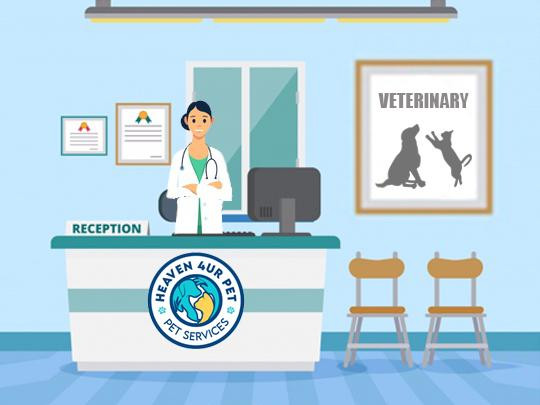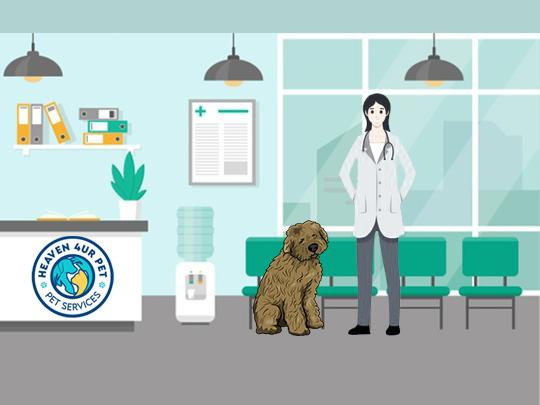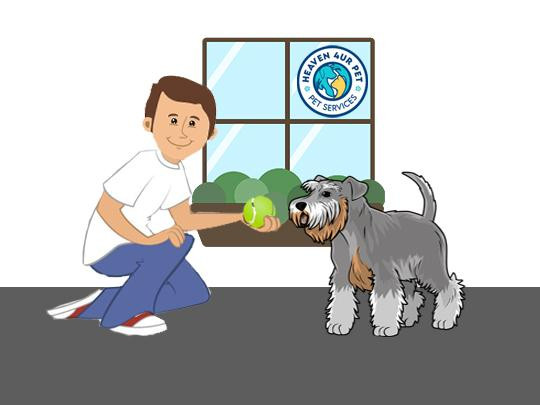Veterinary Surgery
The most dreadful thing you might have to deal with as a pet owner is having to take the pet through surgical intervention. Because of this, small animal surgery is full of myths. However, there is no reason to panic. Veterinarians specializing in this area are extremely qualified to deal with various illnesses and offer the best possible treatment to our best friends. Keeping that in mind, we have prepared a post of all the needed information that should answer all your queries about an operation on a domestic animal! We will dwell further on the specialty and tell how the main surgeries are done, and later on, add on what is needed during post-operative care.
WHAT IS THE SPECIALTY OF SURGERY IN SMALL ANIMALS?
Just as in all other medical sectors, vet medicine is developing, as better and fresh techniques and discoveries are coming out in public. With this development, it is inevitable for a specialty to emerge and deal exclusively with the surgical treatment of the small animals. This group includes pet animals, regardless of their physical size. In this sense, dogs and cats of any breed (even large and giant, such as the São Bernardo and the Neapolitan Mastiff) are considered small animals.
HOW PREOPERATIVE PREPARATION IS DONE
Elective surgeries - this is the name given to non-emergency procedures - that is preceded by a thorough preoperative process. Among the main interventions of this type, we can mention castrations and other similar procedures.
In these cases, several tests are done to make sure that the pet can undergo that operation, reducing surgical risks, and increasing its speed of recovery. Among them, we can mention:
• Complete blood count;
• Renal and liver functions;
• Blood glucose.
If your pet is very hairy, you should keep its hair brushed and without any knots so as to facilitate the consultation and prevents tangles that can hurt your pet's skin during the process.
In more specific cases (such as animals that are elderly, obese, or with pre-existing diseases) more in-depth tests are requested, such as imaging or cardiac exams. That’s not all, the pet should go through a physical examination, which includes blood pressure and temperature measurements, and other normal procedures.
HOW THE MAIN SURGICAL INTERVENTIONS OCCUR
Your needs will dictate the specificity of each of the procedures. In other words, this means that each surgery is unique, and several medical specialties work together to perform them. Still, they are similar in some instances.Fasting (food and water), for example, should be instituted for all patients and should last between 8 and 12 hours.Other similarities include pre-weighing to establish the exact amount of anesthetics used. Then, the animals are sedated and anesthetized to begin the surgical procedure. The location and size of the incisions will depend on the surgery being performed. After that, the animal is taken to the postoperative period, where it is closely monitored until it fully wakes up.
CARE THAT SHOULD BE TAKEN AFTER THE SURGICAL PROCESS:
After your little pet has already undergone the necessary surgery and can return home, some care will still be needed. Next, we will be talking about some of these precautions that you will need to take with your pet.
Keep protective collar 24 hours a day:
All dogs lick the bandages and bandages, making them moist and this cannot happen. We will discuss with you the different types of necklaces that will assist with this.
● Elizabethan necklace-
This is the most common solution. It is the hard, conical necklace that is given by a vet. While this may be the most effective option for preventing the dog from accessing most wound sites, it can be distressing and uncomfortable for some dogs. You need an appropriate size so that they cannot go through its head and one which is deep enough so that they can’t reach the wounds.
● Inflatable necklace-
A more comfortable option is the inflatable style collars that are widely available online and at some pet and veterinary stores. They don’t interfere with the pets as much, the dogs find it easy to move around with them and even sleep, and most dogs embrace them, but depending on the area of the wound, they may not do the trick as the dogs might still get to lick the wound.
Absolute movement restriction:
The dog does not know that he should rest, so when he no longer feels pain, he will act as if he did not have a healing fracture.
- Side effects
During the first 24 hours, anesthesia can have some side effects such as drowsiness and fever. Even though common, it is crucial that you know the symptoms that the pet may show. If the effects don't go away, see your vet see if you need to medicate it!
- Food
The appetite of the dog might change, it may not eat as much as it did before. There are rations that can control this, that work for an animal that has undergone surgery. Evaluate what is needed with a vet that you can trust!
- Periodic returns:
For removal of stitches, and checking for immobilization and evolution of a healing bone.
- Radiographic control:
X-rays need to be performed to evaluate the evolution of the bone callus and the stability of the fracture site.
In normal evolution, the discharge occurs in 45 days, so in that period only the responsible veterinarian can guide any procedure.
- Do not leave the animal in a humid environment:
If the bandage or dressing becomes damp or has an unpleasant odor, it should be replaced.
After the first week, it is normal for the animal to gradually support the limb that has undergone the surgical process, so care must be taken to avoid excessive movement. If you suddenly stop supporting or show signs of acute pain, return to the vet is indicated.
CONCLUSION
After you have read through all the recommendations, you should be more relaxed as you know how to best deal with a bet that has to go through a surgical process. We hope that you have learned more about the subject and that we have clarified all your doubts.
Related Pages:
Online Resources about Pet Services:
- veterinarian south Philadelphia
- vet clinic Philadelphia
- Philadelphia vet center
- cat hospital Philadelphia
- veterinarian Philadelphia ms
- vet clinics in Philadelphia PA
- animal clinic Philadelphia
- vets in Philadelphia PA
- best veterinarians in Philadelphia
- emergency vet Philadelphia PA
- animal hospital Philadelphia PA



